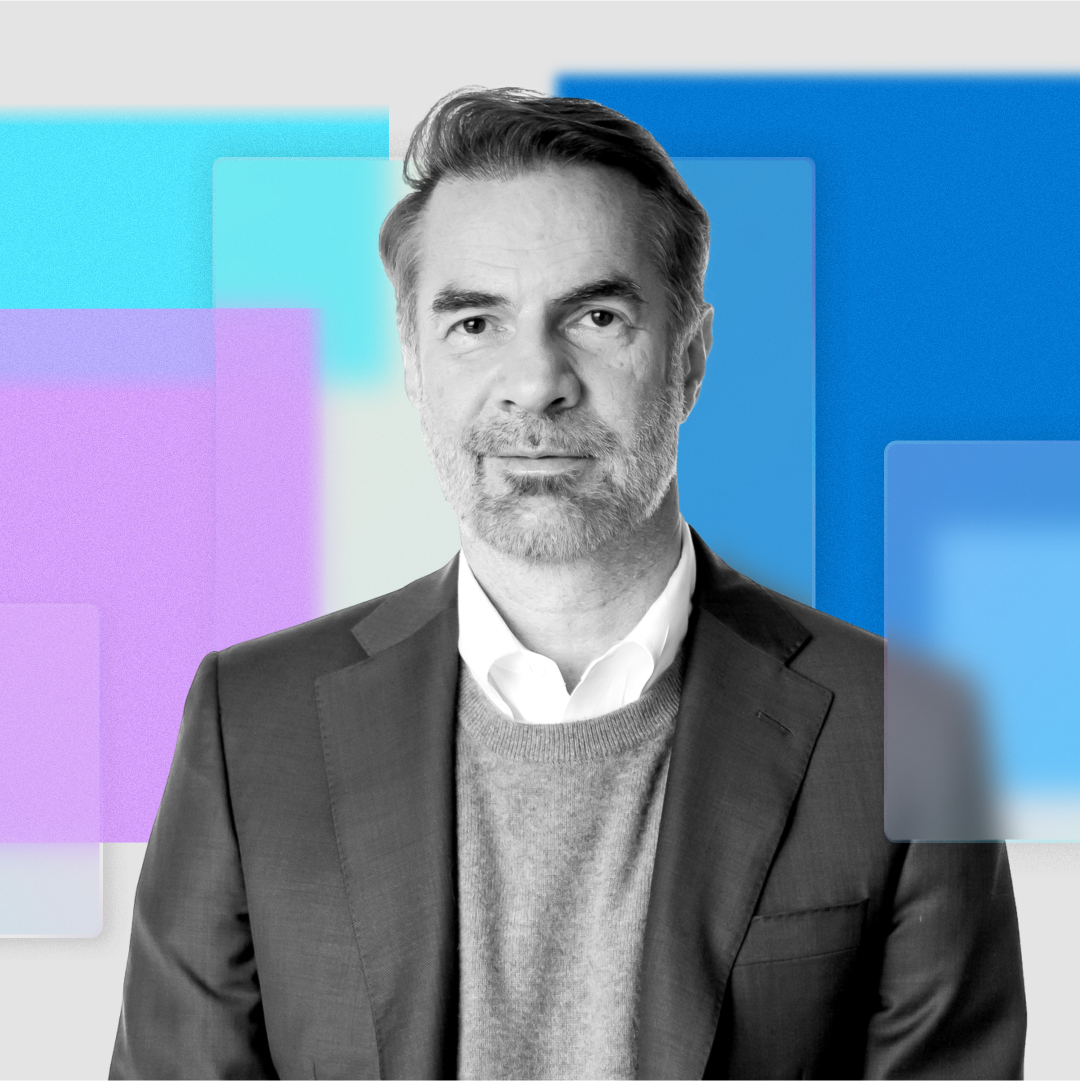Skip to Main Content



John Maeda on How Leaders Will Use AI to Unleash Creativity
The Microsoft VP of Design and AI on the promise and potential of AI
More Episodes
Subscribe

WorkLab Guest Gloria Mark
Regain Control of Your Focus and Attention with Researcher Gloria Mark
The author and professor offers science-based tips for work wellbeing—and a glimpse at how AI might help

WorkLab Guest Erik Brynjolfsson
Stanford Professor Erik Brynjolfsson on How AI Will Transform Productivity
What leaders must do to harness the full potential of the coming AI revolution